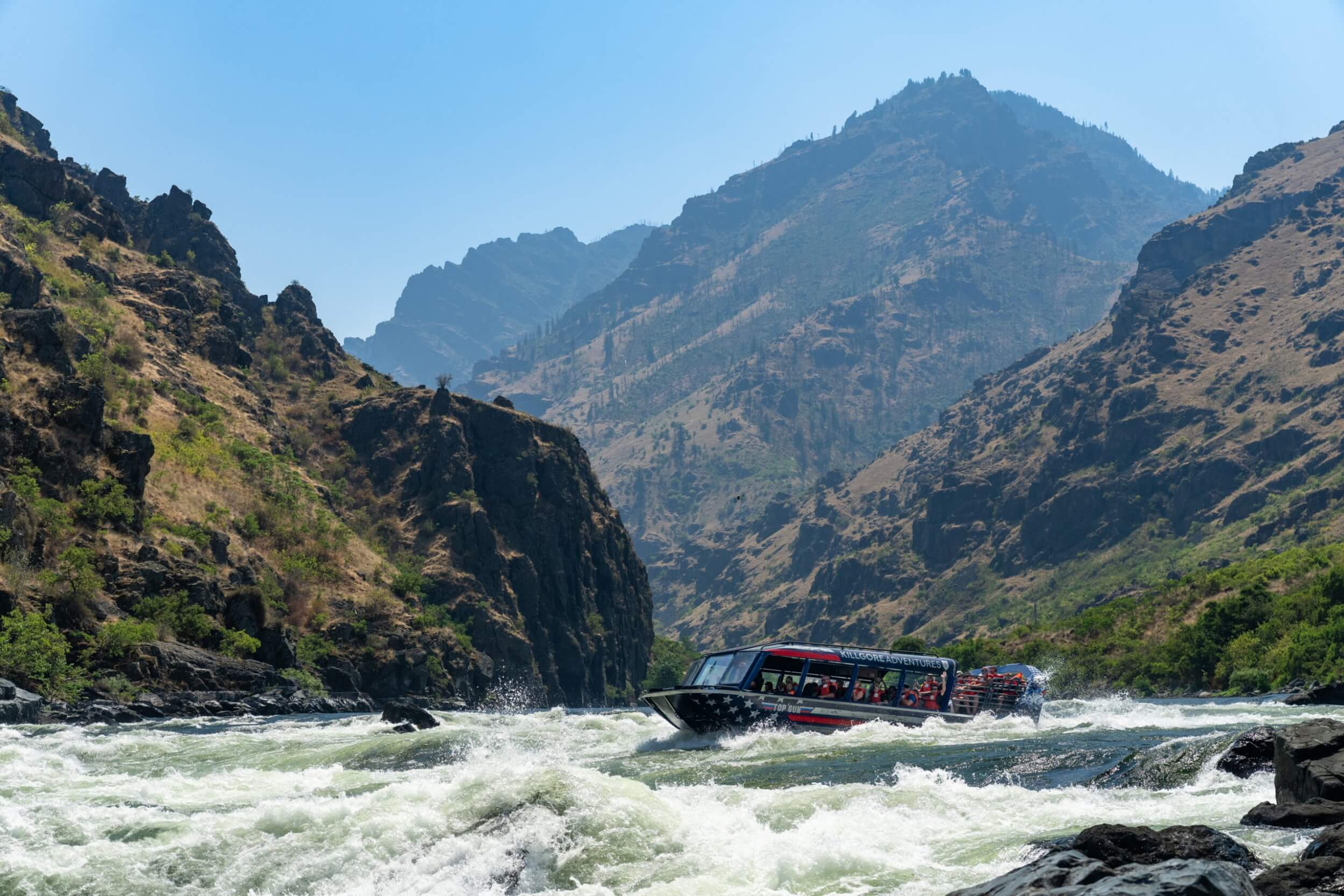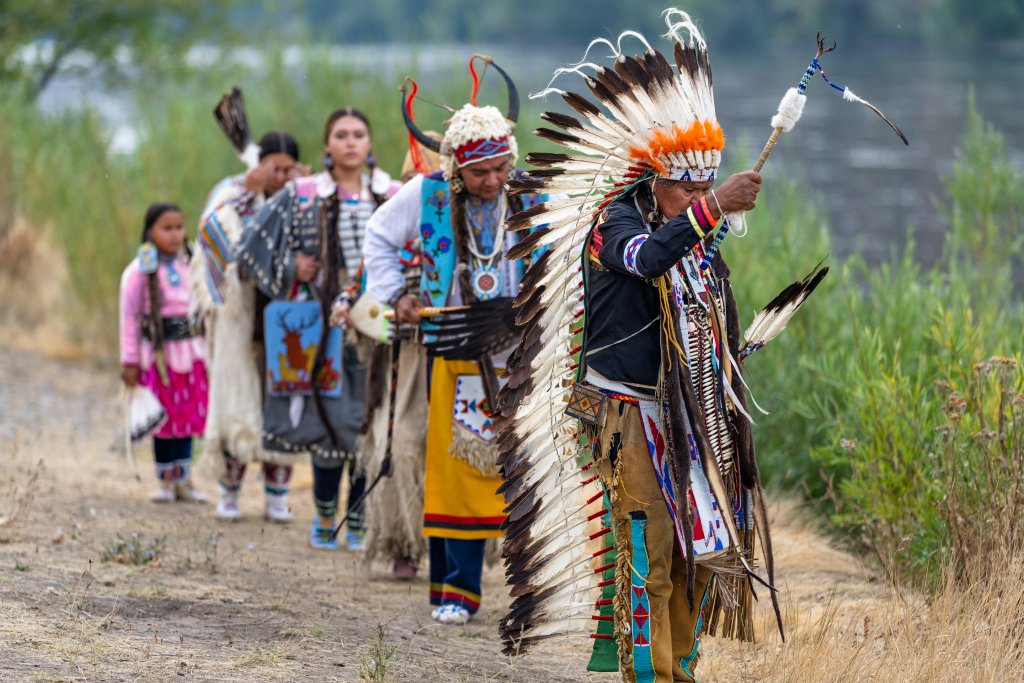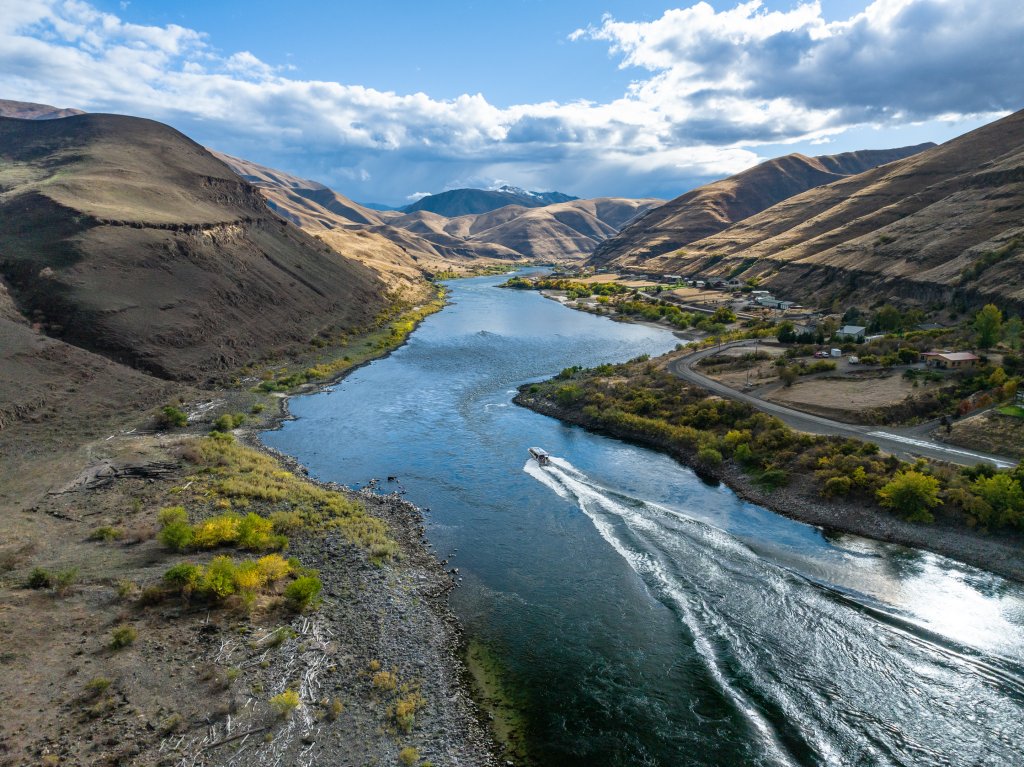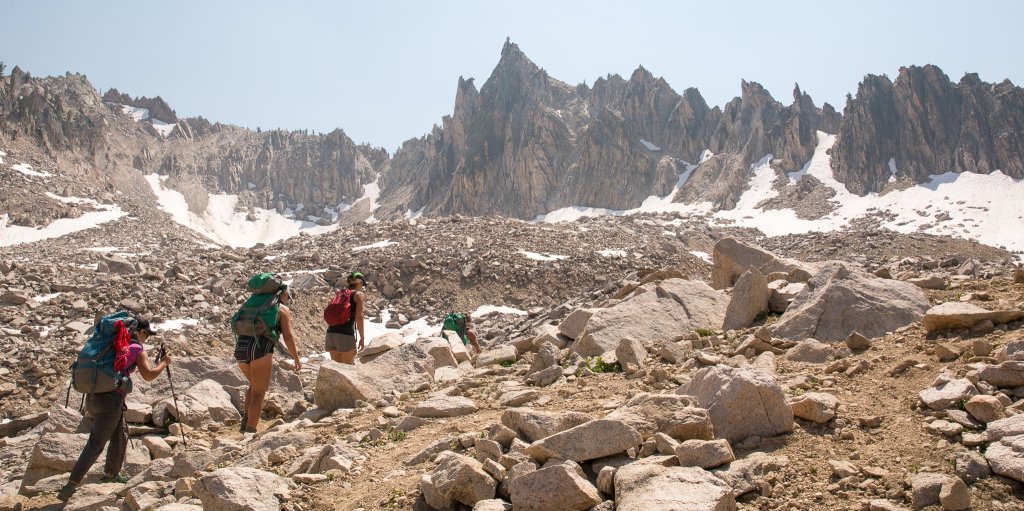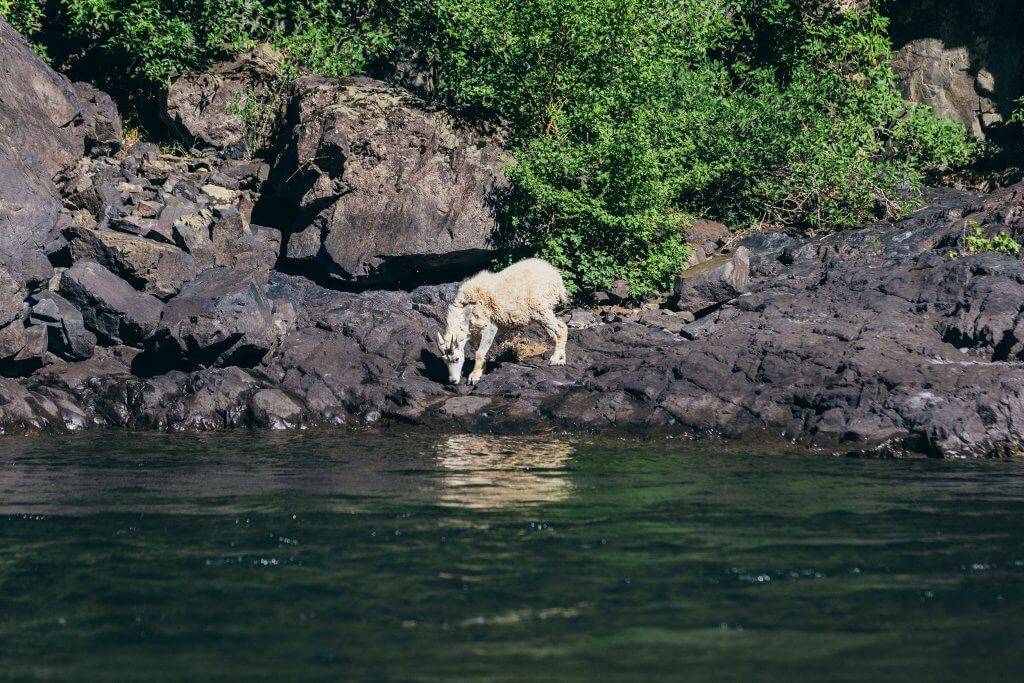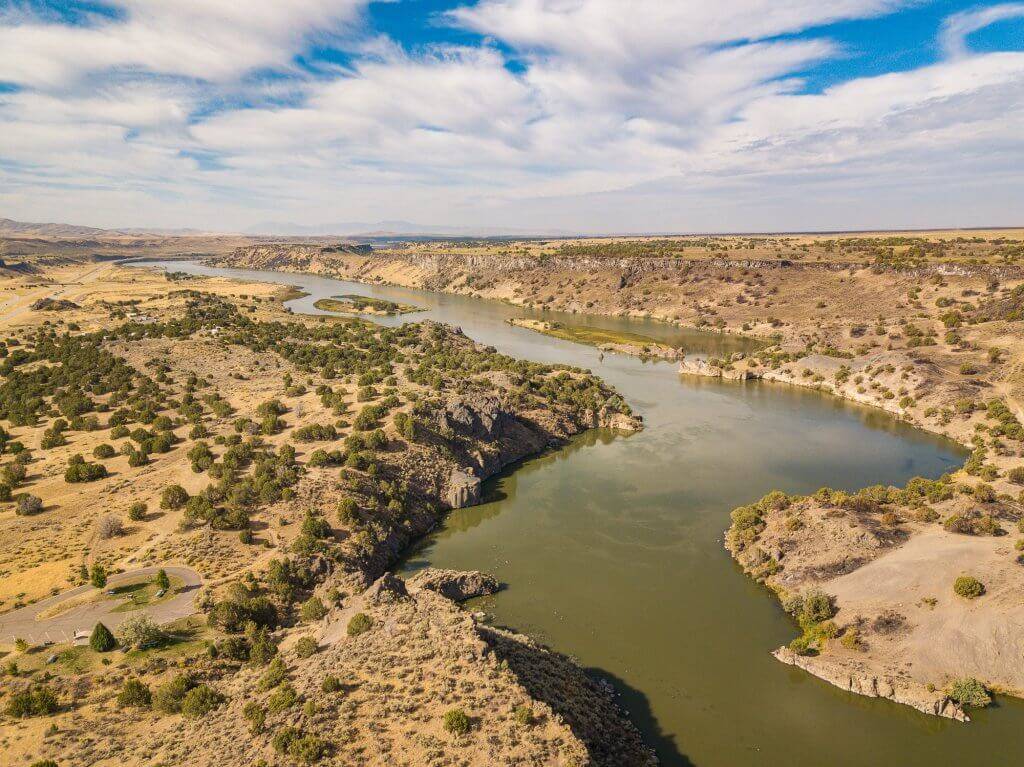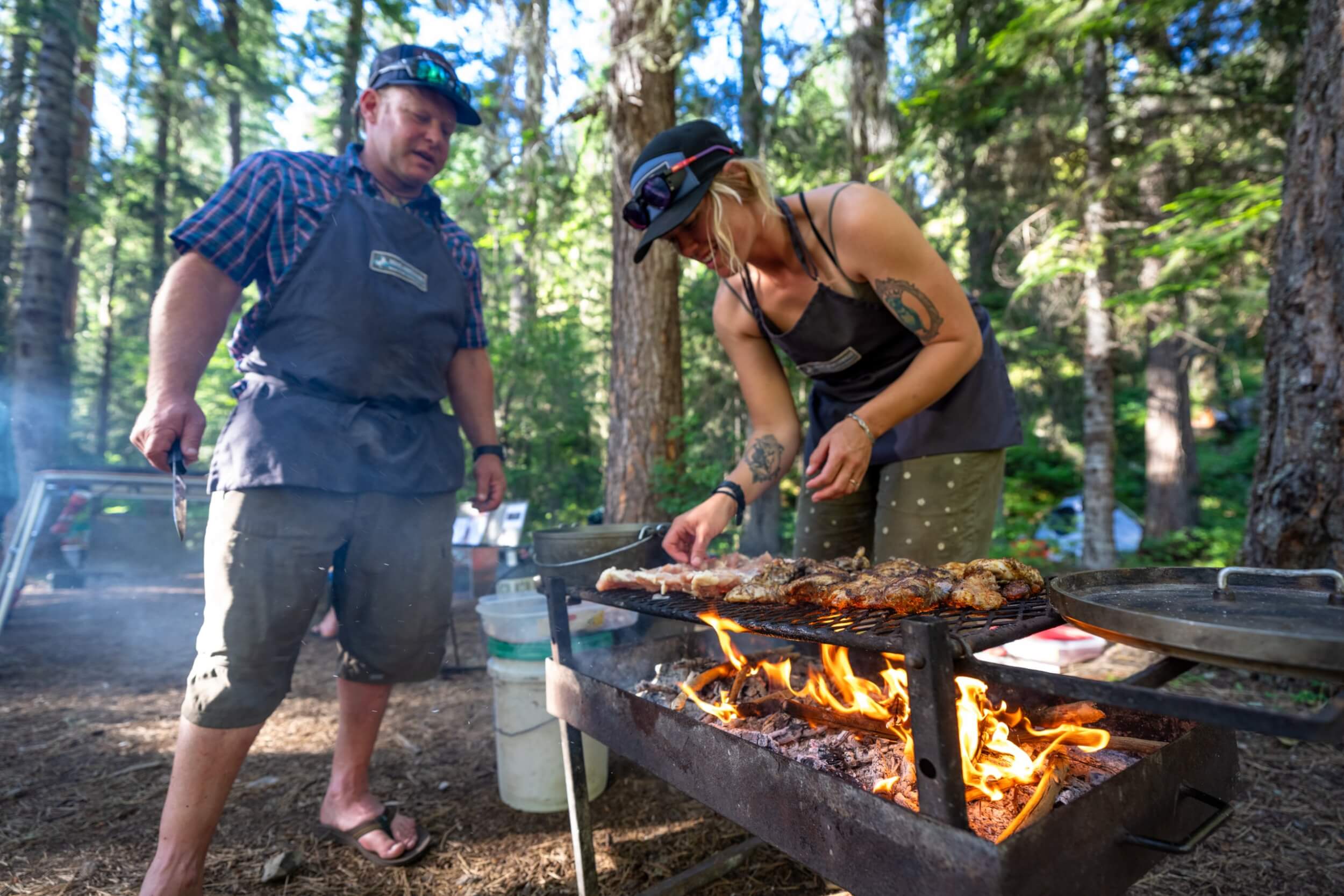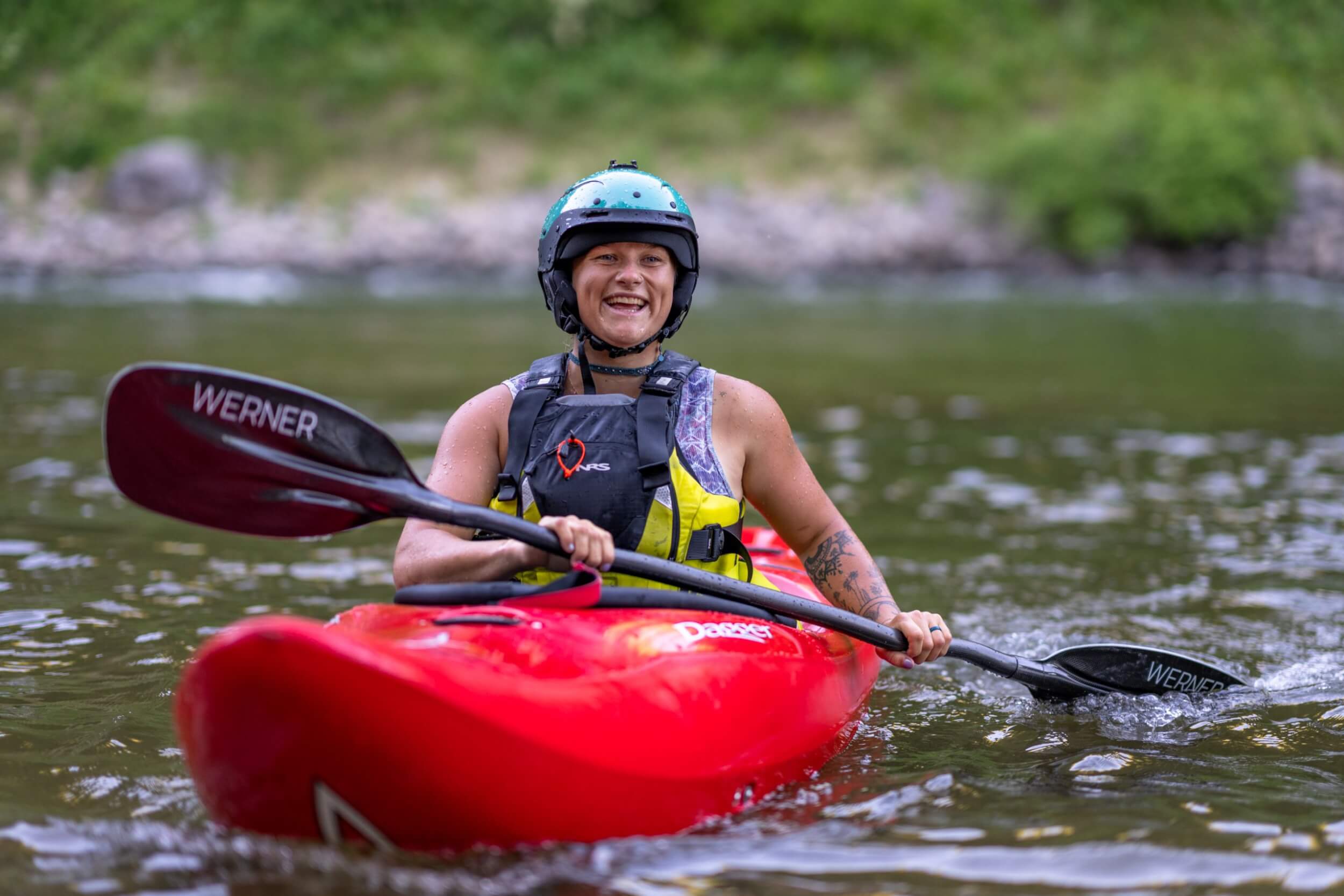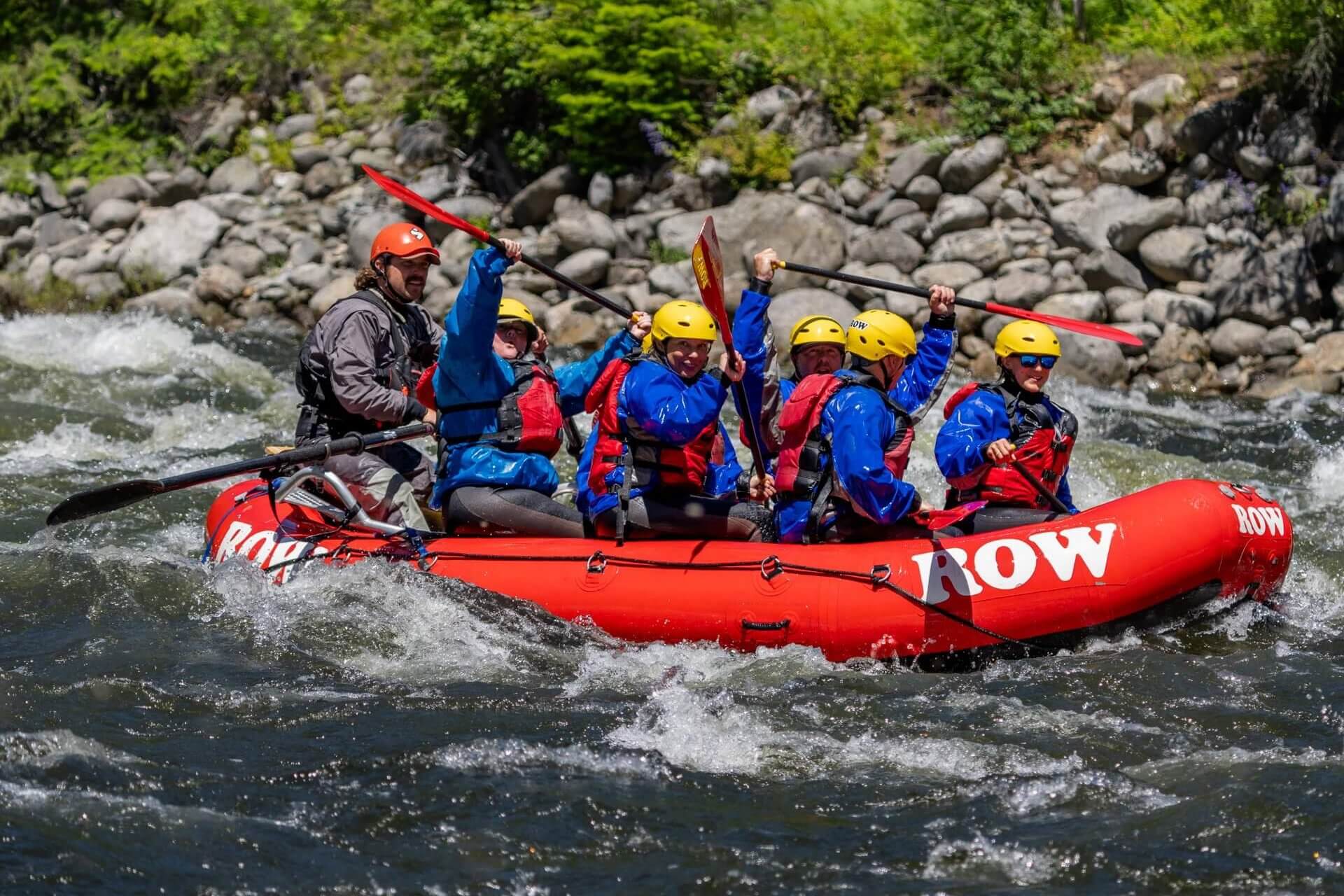
SNAKE RIVER MAP
Stretching across nearly all of Idaho, the Snake River offers a range of experiences. In Hells Canyon—the deepest river gorge in North America—paddlers navigate roaring whitewater while jet boats power through turbulent waves. Whether by raft, kayak or jet boat—take your turn on this scenic ride.
Nearby Points of Interest
- Boise
- Twin Falls
- Lewiston
- Hells Canyon
- Cambridge
- Hells Canyon National Recreation Area
- Shoshone Falls
- Hells Gate State Park
- Hells Canyon Scenic Byway
